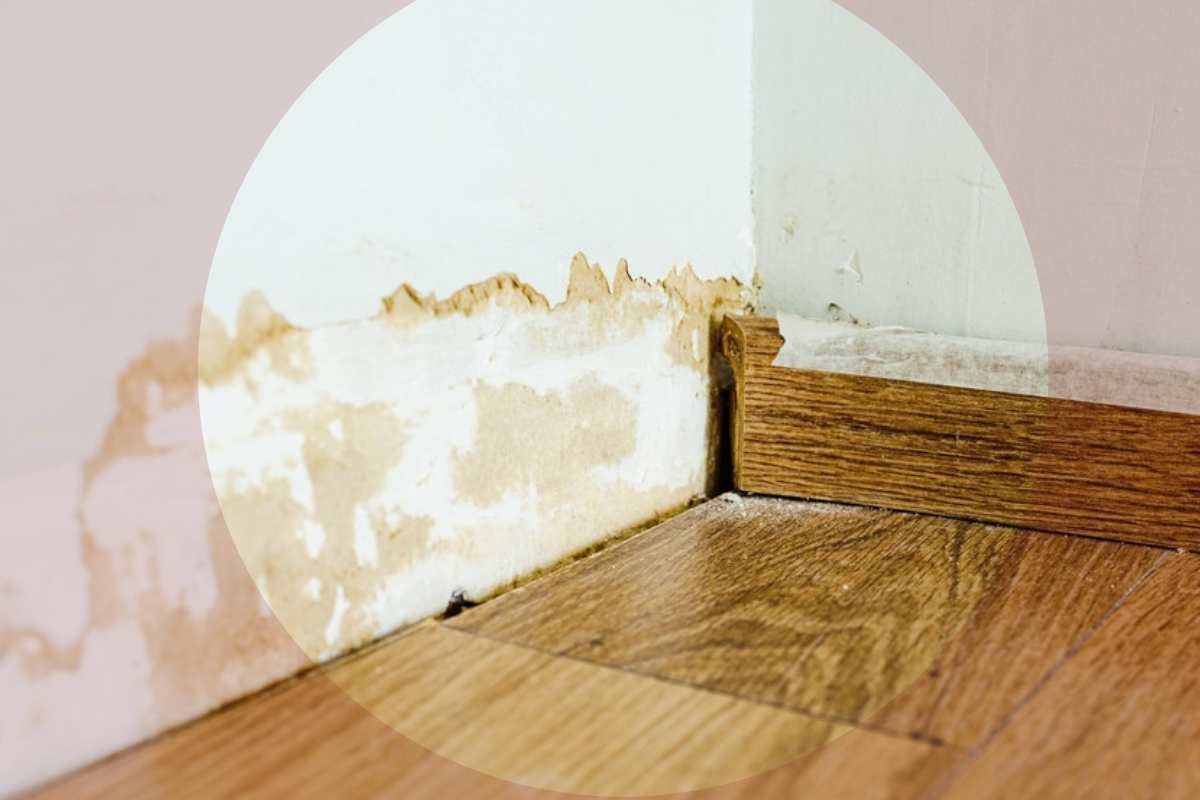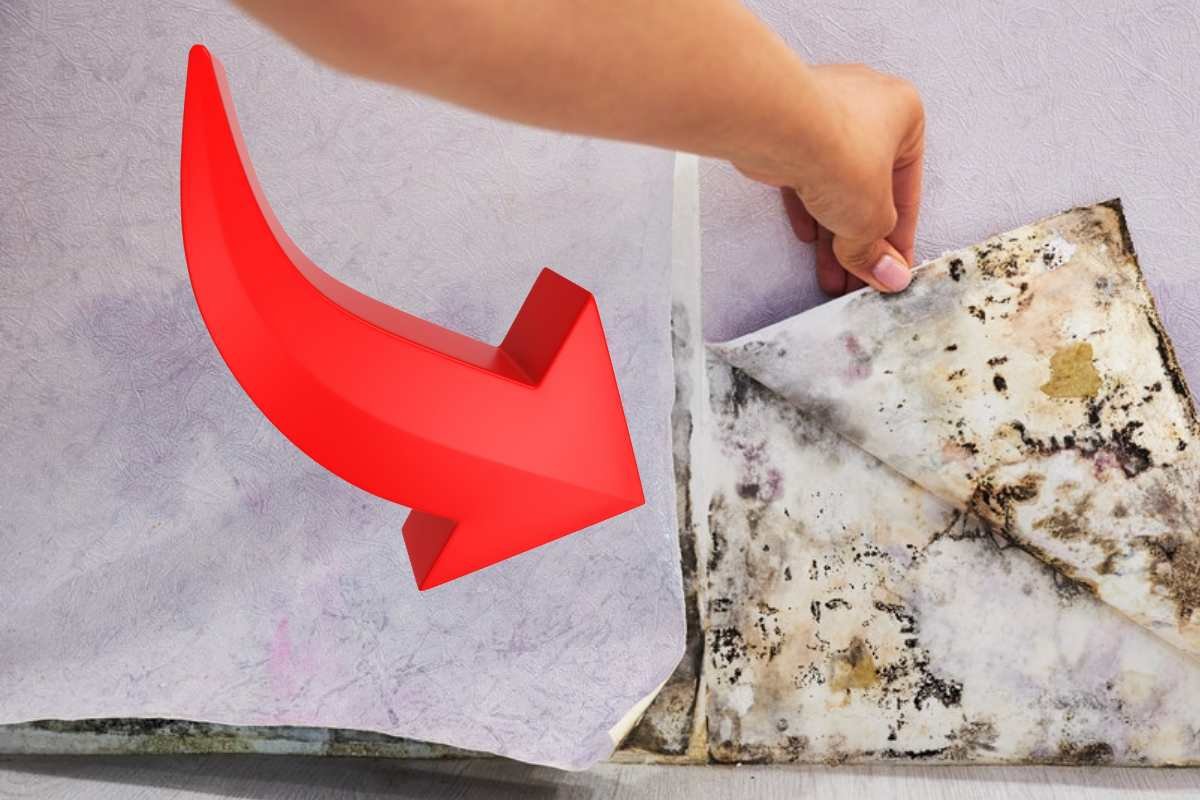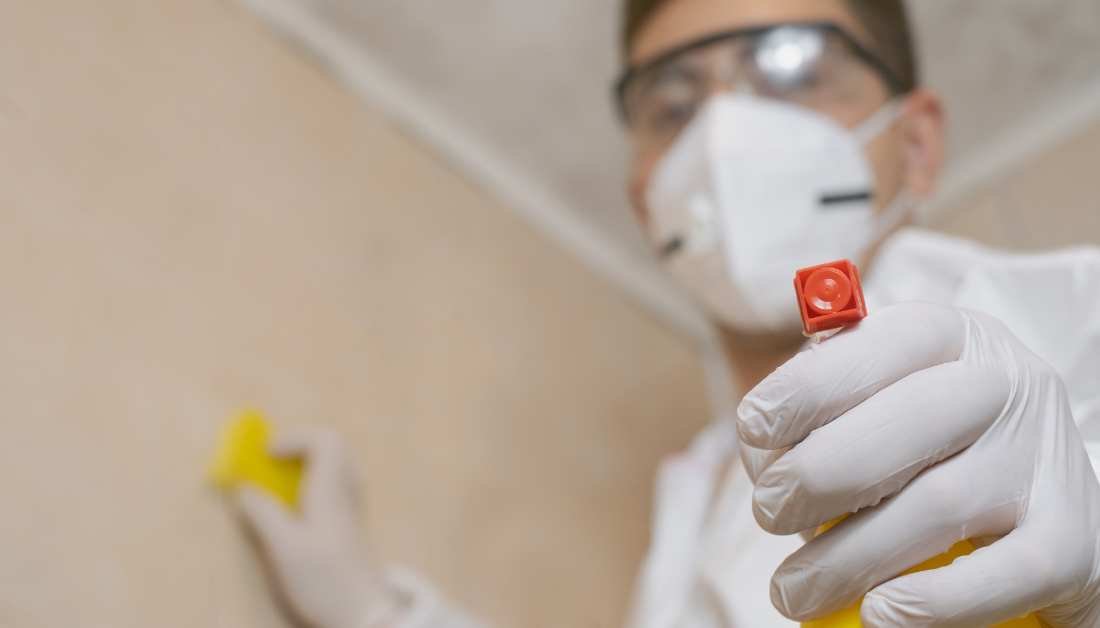Toxic black mold (Stachybotrys chartarum) can pose serious health risks when present in your home or in any building that you own. This is particularly problematic if you, or a member of your household, has respiratory conditions, allergies, or weakened immune system.
Once the toxic black mold has been identified and remediation efforts completed, you would agree with me that ensuring the mold doesn’t return is your next priority.
On this note, it is important that we take post-remediation mold care SERIOUSLY.
But how do you know if you are mold free moving forward?
This is where the post-remediation clearance testing comes in. It is a crucial step to ensure the environment is safe for reoccupation, providing peace of mind to property owners and occupants.
In this article, we will explore the ins and outs of post-remediation mold clearance testing, including what it entails, why it is necessary, how the testing process works, and key factors to consider for a successful mold remediation project.
What is Post-Remediation Mold Clearance Testing?
Post-remediation mold clearance testing is the final step in a mold remediation project. It is a series of tests conducted to confirm that the affected area has been thoroughly cleaned and that the mold levels, particularly black mold, are within acceptable limits.

This testing helps ensure that the remediation process was successful and that no hidden mold colonies remain.
Clearance testing typically involves visual inspection, air sampling, and sometimes surface sampling, which we will go over in a moment. The goal is to provide objective evidence that the indoor environment is free from hazardous mold spores, ensuring health and safety.
Why is Post-Remediation Mold Clearance Testing Important?
-
Health Safety
The primary concern with toxic black mold is its impact on health.
Prolonged exposure to high concentrations of mold spores can lead to a range of symptoms, including coughing, wheezing, sinus infections, fatigue, and in severe cases, respiratory issues.
Clearance testing helps ensure that the air quality is maintained at a safe level over the period of evaluation.
-
Verification of Remediation Success
Post-remediation mold clearance testing is an independent verification tool indicating that the mold removal process was effective.
It confirms that no active mold colonies remain and that the moisture sources contributing to mold growth have been addressed.
-
Compliance with Industry Standards
Mold remediation projects are typically guided by industry standards such as those set by the Institute of Inspection, Cleaning and Restoration Certification (IICRC) or the Environmental Protection Agency (EPA).
Post-remediation clearance testing is often required to meet these guidelines, particularly when selling or renting a property.
-
Protecting Property Value
For property owners, especially those looking to sell or rent, post-remediation mold clearance testing is essential for maintaining or increasing property value.
A home with a history of mold problems may be difficult to sell unless there is documented proof that the issue has been resolved. The results of a clearance test can provide potential buyers or tenants with confidence in the property’s safety.
The Process of Post-Remediation Mold Clearance Testing
Clearance testing is a multi-step process that ensures the property is free from harmful mold levels. The steps involved typically include a combination of visual inspection, air quality sampling, and surface sampling. Here’s a breakdown of each stage:
-
Visual Inspection
Before any testing is conducted, a visual inspection is performed to ensure that all visible mold growth has been removed.
This will include checking areas that were affected by mold and any adjacent areas that could have been exposed. Inspectors will look for signs of mold regrowth, water damage, and excess moisture, as these could indicate a failure in the remediation process.
-
Air Sampling
Air sampling is a key component of post-remediation mold clearance testing.
Mold spores are microscopic and can easily become airborne, so even if mold is no longer visible, there could still be elevated levels of spores in the air.
Air samples are typically collected in both the remediated area and an unaffected area of the building for comparison.
There are two main types of air sampling used in mold clearance testing:

Spore Trap Sampling: This method involves drawing air through a spore trap, which collects mold spores on a sticky surface. The samples are then analyzed under a microscope to identify the concentration and types of mold present.
Culturable Air Sampling: In this method, air is drawn through a special medium that promotes mold growth. The samples are then incubated to allow mold colonies to develop, which can then be identified and counted.
Air samples are typically compared to outdoor mold levels, as there is always some level of mold in the natural environment.
The goal is to ensure that indoor mold levels are not significantly higher than outdoor levels.
Surface Sampling
In addition to air sampling, surface samples may also be taken to check for residual mold spores on cleaned surfaces.
Surface sampling is especially important if there were hard-to-reach areas or porous materials that could harbor mold spores. The most common method for surface sampling is SWAB TESTING, where a sterile swab is rubbed over a surface and then analyzed for mold spores.
TAPE LIFT sampling is another method, where a piece of clear tape is applied to a surface to capture mold spores for analysis.
Laboratory Analysis and Reporting
Once the samples have been collected, they are sent to a laboratory for analysis. The lab will identify the types and concentrations of mold spores present in the samples.
This data is then compared to industry standards and baseline measurements to determine whether the mold levels are acceptable.
The final step in post-remediation mold clearance testing is the issuance of a clearance report. This document provides a summary of the findings and certifies that the mold remediation was successful. It is important to keep this report for future reference, particularly if the property is being sold or rented.
Factors That Can Affect Post-Remediation Mold Clearance Testing
Several factors can influence the success of post-remediation mold clearance testing. By understanding their intricacies, you are rest assured the testing process yields accurate and reliable results.
1. Moisture Control
Mold thrives in damp environments, so controlling moisture is key to preventing mold growth.
If the underlying moisture issue that caused the mold growth in the first place has not been resolved, mold will likely return.
Ensuring that leaks are repaired, ventilation is improved, and humidity levels are kept in check is essential for a successful clearance test.
2. Proper Containment During Remediation
During the remediation process, proper containment measures should be in place to prevent mold spores from spreading to other areas of the building.
This is typically done using plastic sheeting and negative air pressure to isolate the work area.
If containment measures are not properly implemented, mold spores may spread and re-contaminate previously unaffected areas.
3. Type of Materials in the Affected Area
Some building materials, such as drywall and carpet, are more porous and can retain mold spores even after cleaning.
In some cases, these materials may need to be REMOVED ENTIRELY to ensure the mold is fully eliminated. Non-porous materials, like metal and glass, are easier to clean and are less likely to harbor residual mold spores.
4. Air Exchange Rates
Air exchange rates in a building can also affect the results of air sampling. If a building has poor ventilation, mold spores may accumulate, leading to higher indoor mold levels. Ensuring proper ventilation and air circulation is crucial for passing clearance tests.
5. Timing of the Clearance Test
The timing of the clearance test can impact its results. It’s important to wait until the area has dried completely and any remaining moisture has been eliminated before testing.
Testing too soon after remediation, while the area is still wet, can result in inaccurate readings. So give it some time.
How long? You may wonder.
Typically, you will need to give it a minimum of 24 hours, preferably 48-72 hours. This is to allow time for air-borne spores to settle.
Ensuring a Successful Post-Remediation Mold Clearance Test

To increase the likelihood of passing a post-remediation mold clearance test, here are a few best practices to follow:
1. Work with Certified Mold Remediation Professionals
Choosing a certified mold remediation contractor is essential for ensuring the job is done correctly. Look for professionals who follow industry standards, such as those set by the IICRC or the EPA.
Certified contractors will have the knowledge and experience needed to perform effective mold removal and post-remediation testing.
2. Allow Time for Drying
Ensure that the affected area has completely dried before conducting clearance testing.
This may take several days, depending on the extent of the water damage and the type of materials involved. Using dehumidifiers and fans can speed up the drying process.
3. Conduct Preliminary Testing
In some cases, it may be beneficial to conduct preliminary mold testing during the remediation process. This can help identify any areas that need further cleaning before the final clearance test is performed.
4. Address the Source of Moisture
Make sure that the source of the moisture that caused the mold growth has been fully addressed.
This may involve fixing leaks, improving ventilation, or installing a dehumidifier. If the moisture problem is not resolved, mold is likely to return.
Conclusion
Post-remediation mold clearance testing is crucial to confirm that toxic black mold has been effectively removed and the indoor air quality is safe.
This testing process involves visual inspections, air, and surface sampling to ensure mold levels are within acceptable limits. It verifies the success of the remediation, reducing health risks associated with mold exposure.
By addressing moisture sources and following industry standards, property owners can be confident in the safety of their homes or buildings.
Clearance testing not only protects occupants’ health but also preserves property value, offering reassurance that the environment is free from hazardous mold spores.


